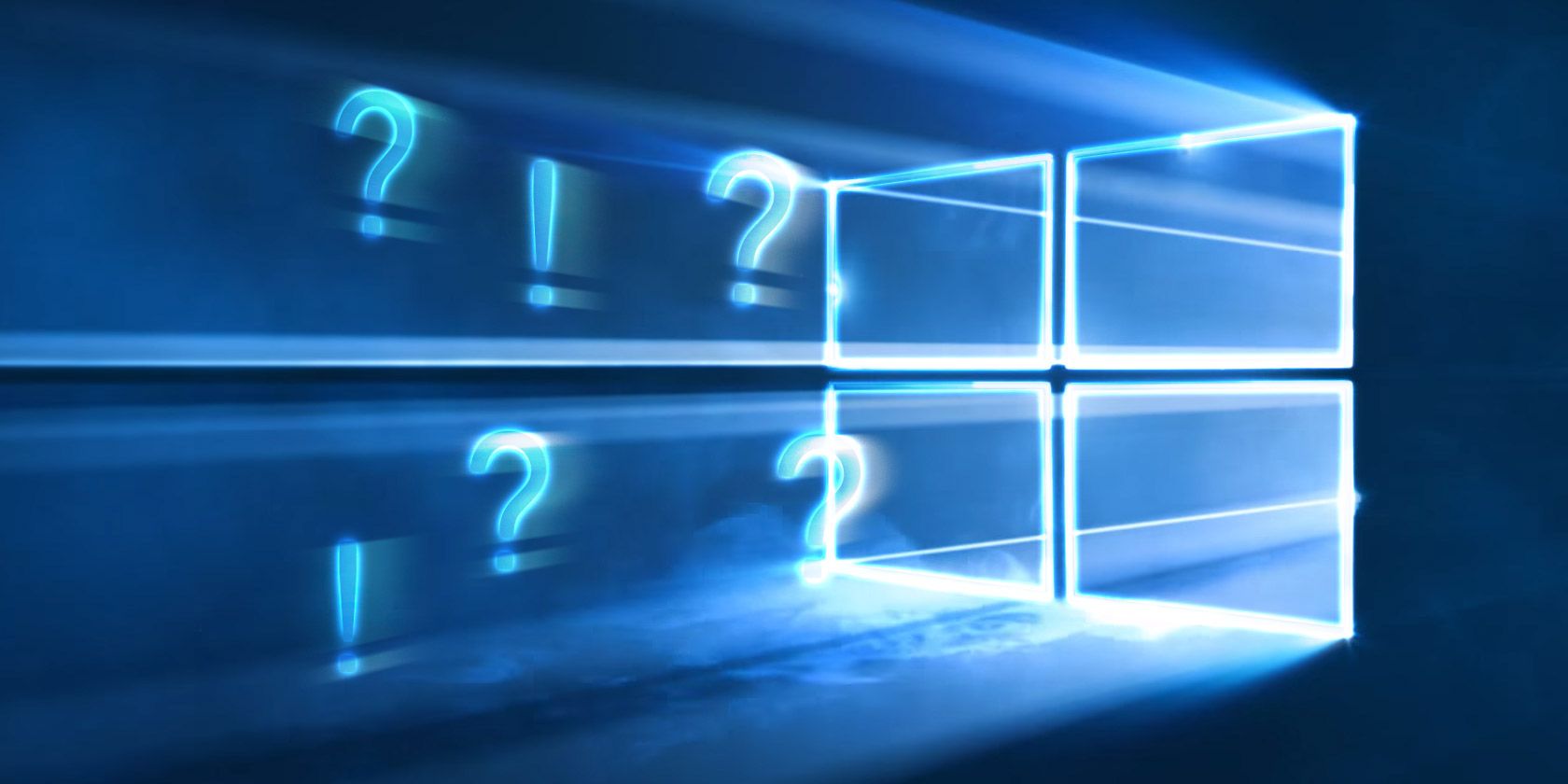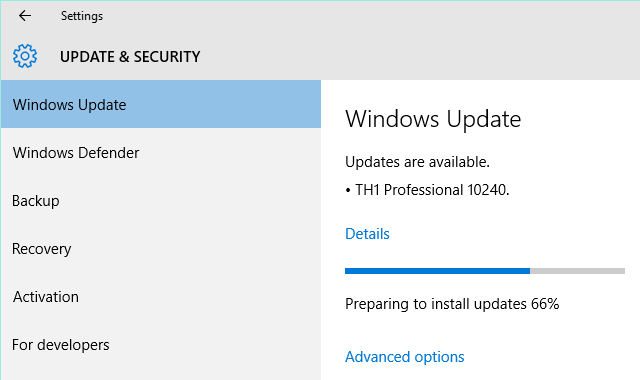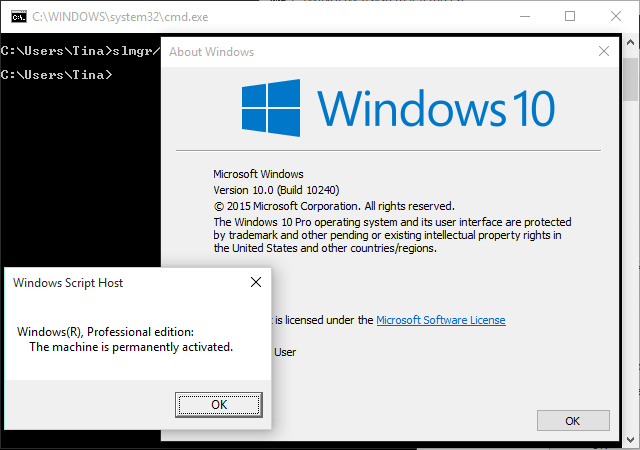Microsoft just released Windows 10 Build 10240, which is rumored to be the RTM (release to manufacturer) version. What's the proof for that, what is in the alleged RTM version, and is it ready for its public release? We have investigated the latest Windows 10 Insider Preview build and compiled the evidence.
Is Build 10240 Really the RTM Version?
The build itself contains some evidence. The most curious one is the build number itself: 10240.
As The Verge points out, 10240 kilobytes equal 10 megabytes; provided you calculate with the non-simplified measure of 1024 kilobytes per megabyte. It's a clever way to express a 10--as in Windows 10--in numbers and it also matches well with Microsoft's tradition to pick special version numbers for its RTM releases.
Number schemes aside, the build downloads as "TH1 Professional 10240", with TH potentially standing for Threshold, the codename for Windows 10. This is the first build that requires testers to confirm the new Microsoft Software license terms (they appear to be sound). Finally, the desktop watermark, that branded all previous builds as preview versions, is missing.
The strongest indicators that Build 10240 is indeed the RTM version, however, are independent statements from several trustworthy sources, including Mary Jo Foley, Brad Sams, and an anonymous OEM (original equipment manufacturer), who told German tech news page Heise Online that they had received Build 10240 from Microsoft to preinstall on devices. High time with only two weeks to go until release day!
Only the prolific Russian leaker WZor claims that Microsoft has not signed off on Windows 10. Reddit users were quick to point out that WZor wasn't always right and one user joked that because WZor says Build 10240 is not RTM, it must actually be the RTM version.
Is Build 10240 Ready for Public Release?
This may be the RTM version, but Microsoft must have been pressed for time and forced to release a final version that contains known issues and features that haven't been finalized, yet. We will certainly see many patches and other updates before and after July 29. But then that's the whole idea of Windows as a Service--the evolution will continue.
Here are some of the things that still need work:
-
Cortana: While Cortana can already do a whole lot, she still refers a lot of simple requests to Bing, which isn't always helpful. Some users also report that she rarely reacts to the "Hey Cortana" command.
-
Edge: Microsoft's new browser still doesn't support addons (it will supposedly support Chrome extensions) and users report that it remains buggy, with frequent freezes and crashes.
-
Control Panel: It has largely been replaced by the new Settings app, but it's still present in Windows 10 and shows many overlaps.
-
OneDrive: Smart files (placeholders) were removed and haven't been replaced with an alternative feature, yet.
-
Live Tiles: Tiles were moved from the Windows 8 Start screen to the new Start Menu, but some Live Tiles are buggy and don't update.
-
File Explorer: It received a minor feature update called Quick Access and new icons, but looks very similar to Windows 8.
Overall, Windows 10 Build 10240 looks good and we haven't had any major issues, but it's still rough around the edges. Some design choices don't match up and the hamburger and right-click menus are inconsistent. Testers also report various issues with the latest build, many of which we (fortunately) cannot confirm. A significant number of people even experienced issues upgrading. This just goes to show that Windows 10 won't work equally well on every system.
In addition to bug reports, the feedback in the Insider Hub contains many great suggestions that received lots of votes, but haven't been addressed, yet. Time will tell whether or not Microsoft will implement more features requested by users; it's what we would consider great service!
Will Windows 10 Be Free for Windows Insiders?
Following an unfortunate miscommunication by Gabe Aul, Microsoft has been tying to eliminate this rumor to no avail. And the latest build, which is strongly believed to be the RTM version (see above), remains permanently activated, although no Windows 7 or 8.1 license is needed to run this installation.
If we can believe Microsoft, this build will eventually expire. In that case, they would have to deliver an update that will check for a valid license and introduce an expiry date or lock Windows Update, which would eventually render the system unusable. Meanwhile, a slim chance remains that Windows Insiders will receive Windows 10 without a license validation after all.
Windows 10 Will Be Rolling Out from July 29 Onwards
As outlined in our recent Windows 10 FAQ post, not everyone will receive Windows 10 on July 29.
Microsoft is instigating a staggered release because not even they have enough server capacity to upgrade one billion devices at once. By upgrading Windows Insiders and tested devices first, they also increase their chances of quickly reacting to issues with patches and bug fixes.
If you're still hoping to join the Windows Insider program and get Windows 10 prior to July 29, you're almost too late. Stay tuned for an upcoming post on how to still join.
If you've been testing Windows 10, what's your impression of the latest build? Is it RTM worthy and if not, what is missing?



